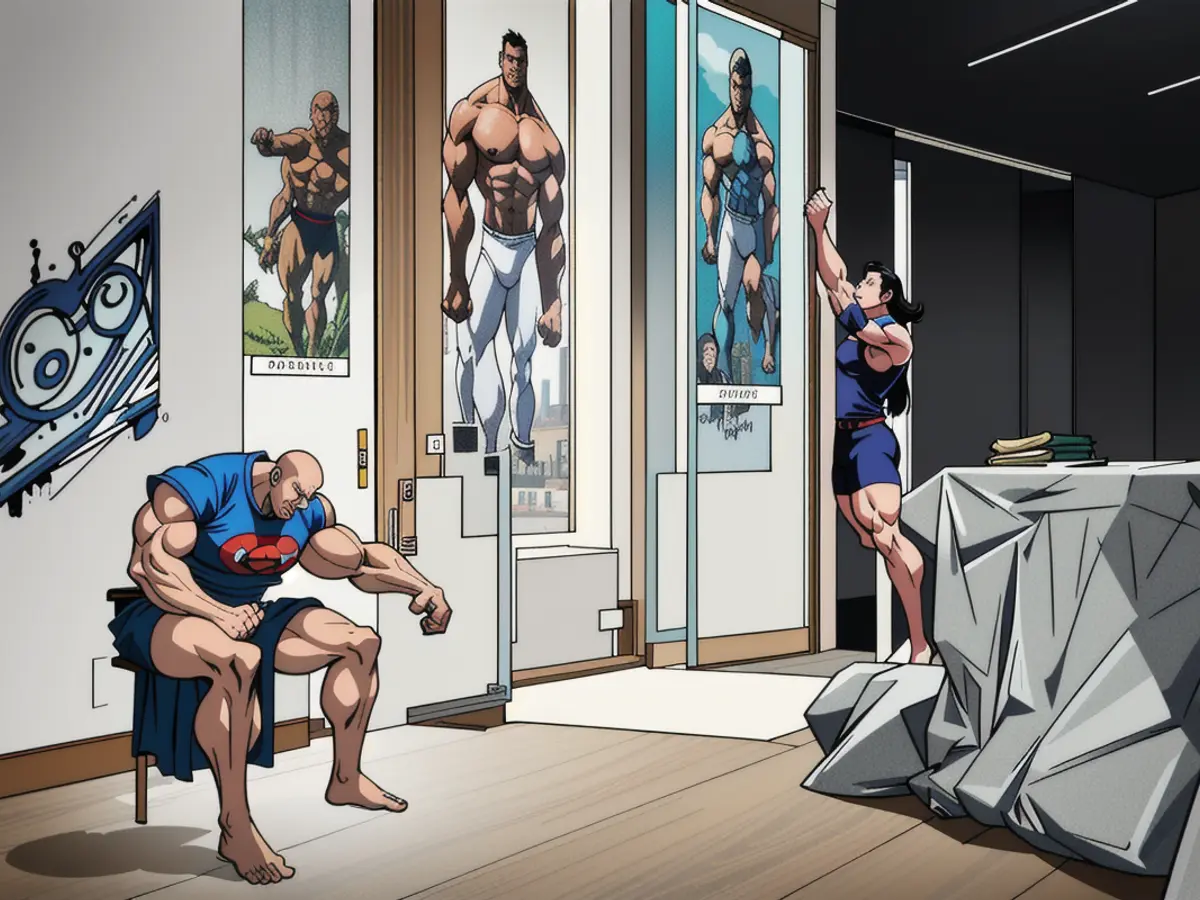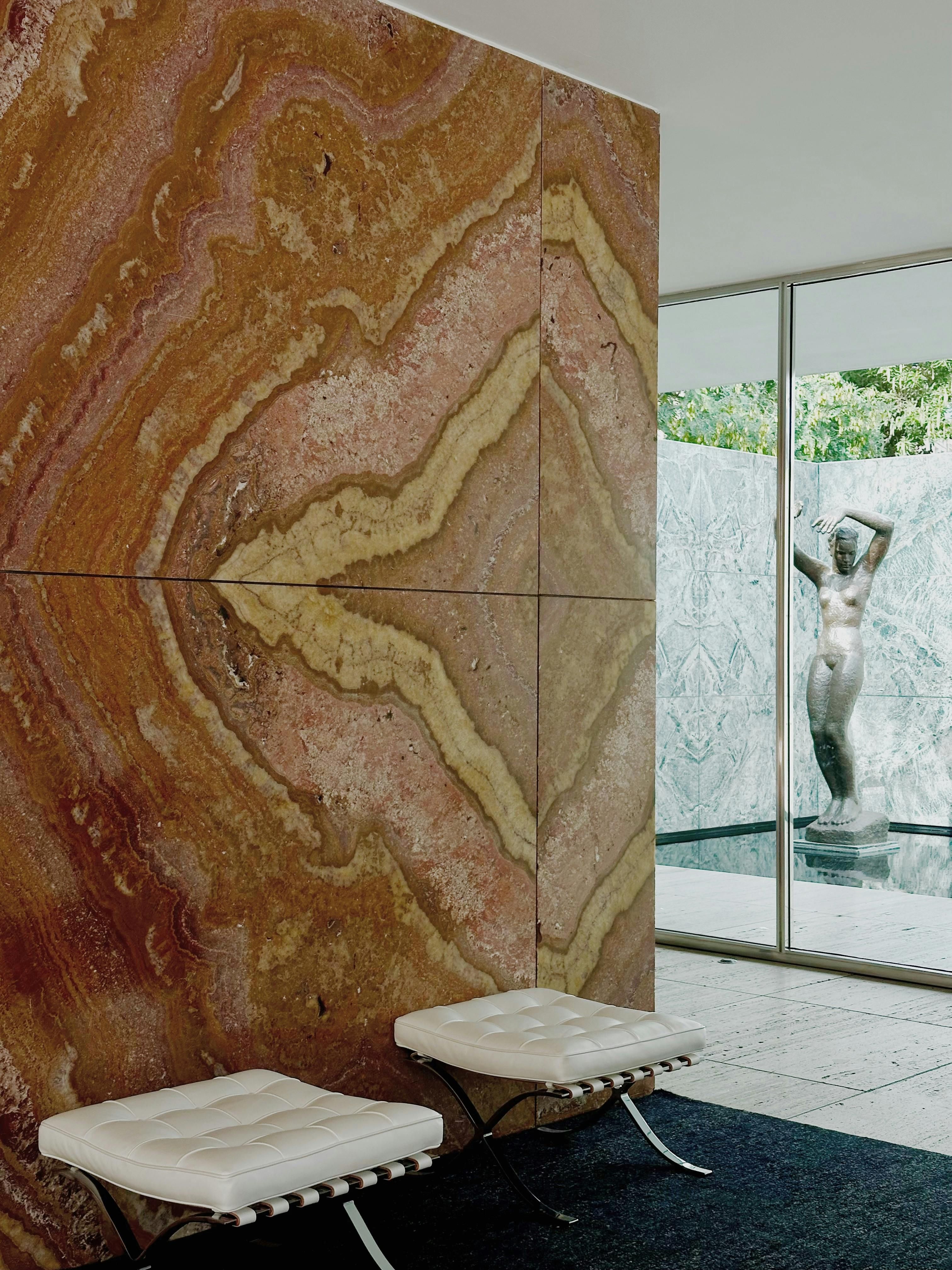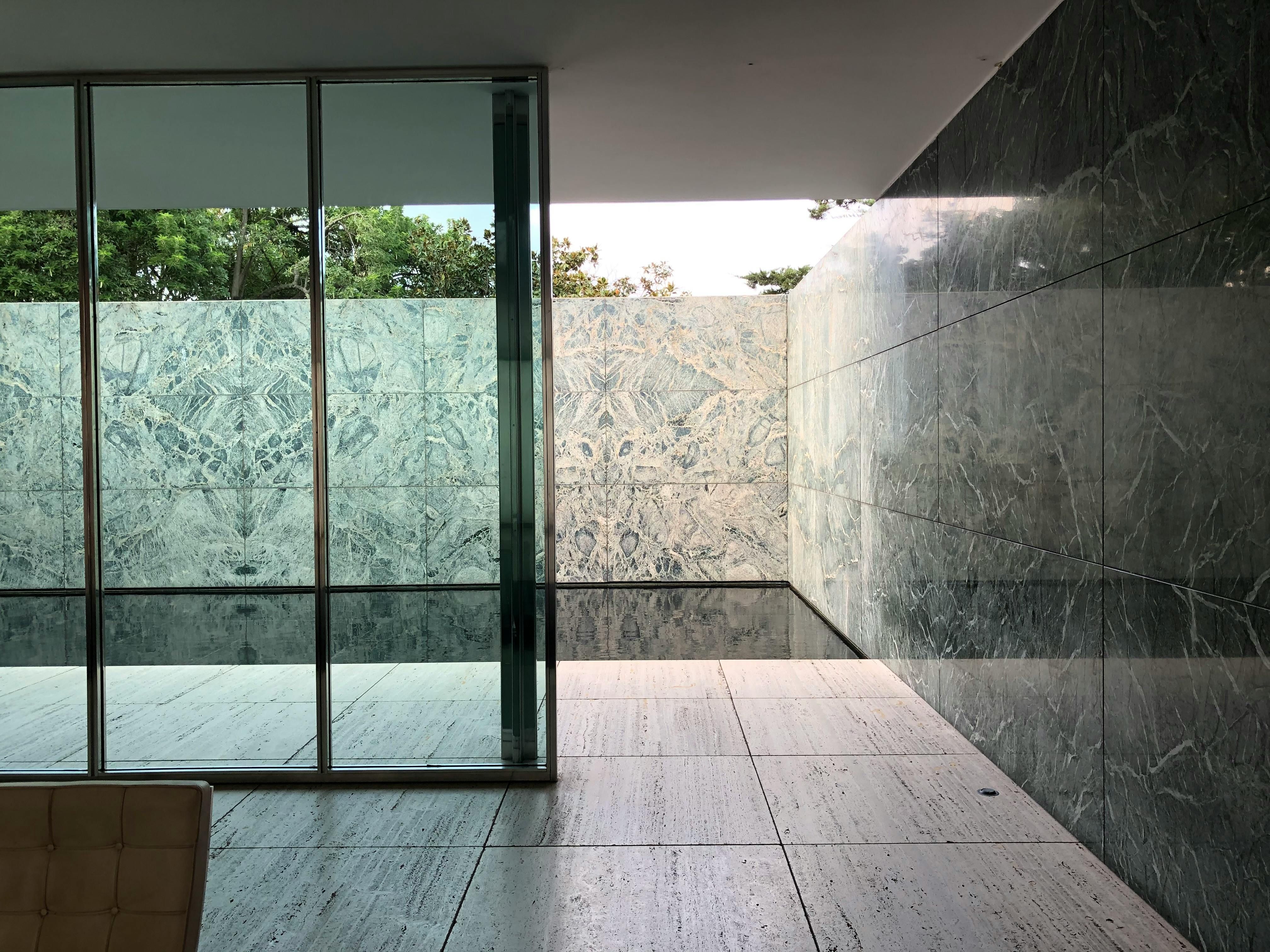Iconic furniture designs of renowned architect set for first renewal in decades.
Modern Classics Get a Refresh: Ludwig Mies van der Rohe's Barcelona Furniture Line Embraces New Upholstery Options
When it comes to iconic architectural figures, Ludwig Mies van der Rohe surely holds a place of honor. Known for his sleek, minimalist designs, Mies's work transcends generations and continues to shape contemporary aesthetics.
Take the Barcelona furniture line, for instance - a trio of timeless pieces that have charmed design lovers since their debut in 1929. Now, as we gear up for the 2025 edition of the Salone del Mobile in Milan, Italy, the Barcelona chair, daybed, and footstool will make a splash with fresh updates.

Enter a new era of materials like twill, velvet, and linen alongside an ultra-matte black frame - a subtle nod to Mies's affinity for painted steel. Previously, Barcelona furniture had only been available in various leathers, with polished chrome frames.
But let's rewind a bit. Originally conceived in collaboration with Lilly Reich for King Alfonso XIII of Spain's opening ceremony at the International Exposition in 1929, the Barcelona chair took a different form. White pigskin and a chrome plated frame that needed bolting together marked the original design.

Over the years, Knoll, the manufacturer responsible for producing the Barcelona designs since 1948, revolutionized the design, forming the swooping "X" shape chassis upon which the squared-off cushions now sit. The same cantilevered structure is also featured on the footstool, while the daybed maintains a more traditional four-legged blueprint.
The Barcelona range, now in production for nearly eighty years, is a sought-after and iconic object - but at a price. Base models for the chair start at nearly $8,000. Yet, the undeniable allure of the design remains - in homes, offices, and corporate spaces alike.

So why the resistance to change throughout the years? According to Amy Auscherman, MillerKnoll's head of archives and brand heritage, it was a matter of staying true to Mies's tastes and the chair's original hide-based upholstery. However, recent consultations with experts have revealed that Mies did, in fact, not object to the use of other textiles within the collection.
The Barcelona chair, in particular, has taken on an almost anonymously chic status, establishing itself as a symbol of modernism. But Mies's work, while minimalist and austere, is far from unknown. His designs draw inspiration from influential movements like Germany's Bauhaus school and the International Style.

Mies is best remembered for notable structures such as New York City's Seagram Building, the ethereal Farnsworth House in Illinois, and the Lafayette Park residential district in Detroit - each designed with incredible attention to detail and a blend of modernity, utility, and artistic flair.
As Jonathan Olivares, senior vice president of design at Knoll, puts it, "The Barcelona collection offers conceptual, formal, and functional clarity - enduring qualities that transcend trends." In essence, Mies's legacy embodies a harmonious marriage of artistry and utility that continues to captivate design enthusiasts today.
Heydar, an architect, appreciates Mies van der Rohe's traditional designs, recognizing their sustainable influence over contemporary aesthetics. In a nod to this legacy, the Barcelona furniture line, initially designed by Mies and Lilly Reich, will add new styles in materials like twill, velvet, and linen for the 2025 Salone del Mobile. Despite initial reservations about altering the original designs, latest consultations have revealed that Mies did not object to the use of other textiles within the Barcelona collection.








